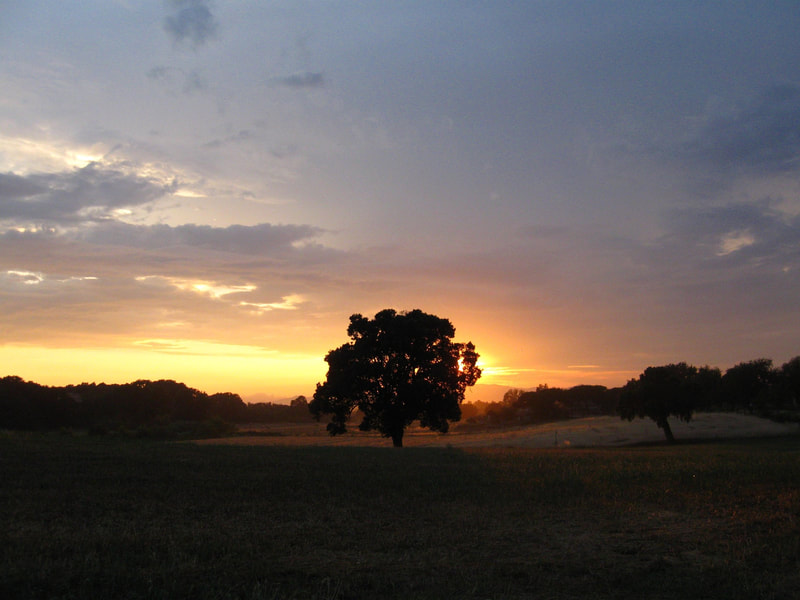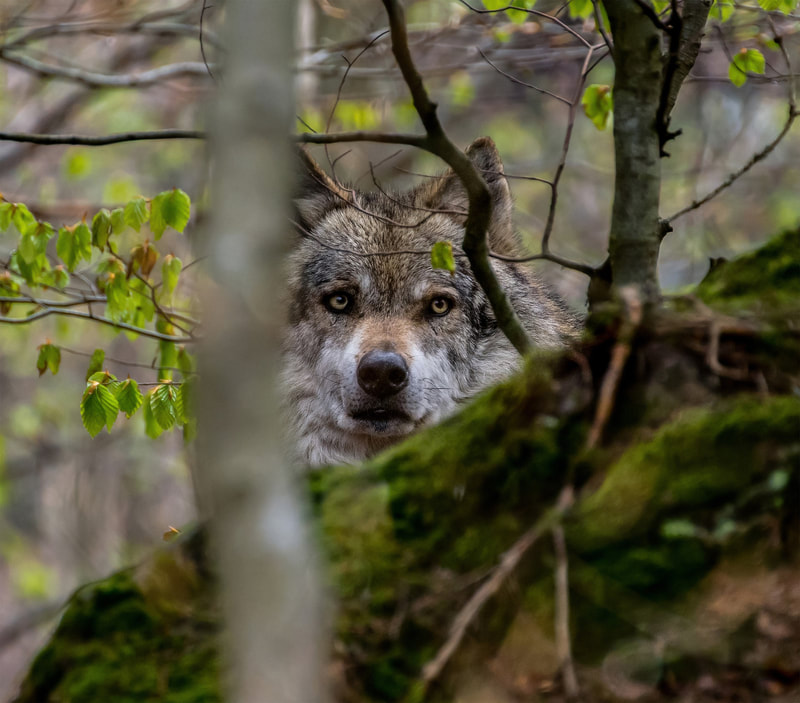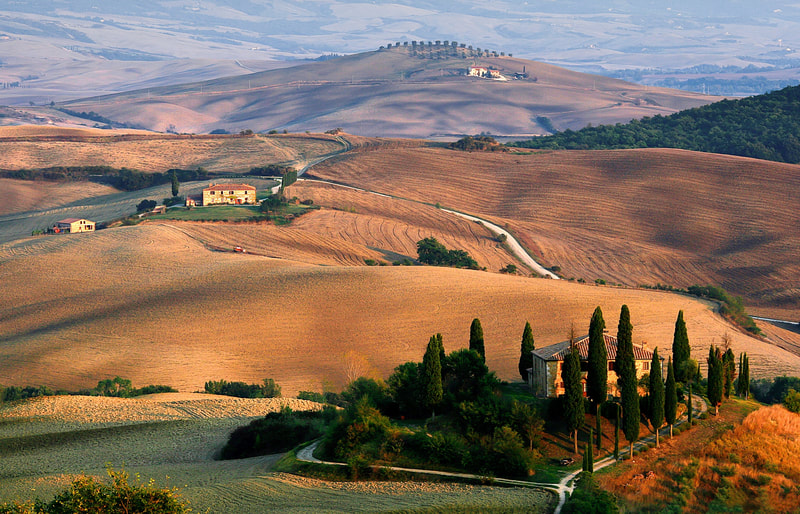|
The hot sun and long, warm days have encouraged a surprising diversity of wildlife to inhabit Tuscany. Tuscany’s national parks, wildlife reserves, mountains and vast woodland areas provide a habitat for wildlife to flourish. Not many people realise that Tuscany has some fantastic local wildlife to see. Deep in the Tuscan countryside you may come across European animals such as hare, deer, porcupines, badgers, dormice, red foxes, pheasants, wolves, and even wild boar.
Tuscany is also a great place to go bird watching. A wide range of beautiful birds can be spotted throughout the region. Bird-watching enthusiasts should head to the mountains and marshlands to see birds such as the tawny owl, herons, ring ouzel and the rare glossy ibis. In Tuscany there are a lot of National Parks you can visit. Feel free to ask us for any advise or to assist you planning your trip. We can provide ta self guided itinerary or a driver or even a experienced trekking guide. Send your inquiries to: [email protected] Parco Nazionale delle Foreste Casentinesi, Monte Falterona e Campigna: covers an area of about 36.000 hectars along the Tuscan-Romagna Appennino ridge. Here you can find a great variety of animals (deer, wild boar, mouflon, wolves etc..) and around 97 different species of birds. Parco dell’Arcipelago Toscano: the seven island of Tuscan Archipelago (Isola d’Elba, Isola del Giglio, Capraia, Montecristo, Giannutri, Gorgona and some of the minor islands and rock outcrops) are located between the Ligurian Sea and Thyrrenian sea, in the Mediterranea Sea and covers an area of 56.776 hectares of sea and 17.887 hectares of island. Archipelago Toscano National Park it is the largest marine park in Europeand with his butterflies, crickets, lizards, birds and even whales typical of the Mediterranean ecosystem and due to its considerable wealth of plankton, during the summer months you can observe whales of all species including fin whales (Balaenoptera physalus), sperm whales (Physeter catodon), pilot whales (long-finned pilot whale), Risso’s dolphins (Grampus griseus), bottlenose dolphins (Tursiops truncatus), zifi (Ziphys cavirostris) and common dolphins (Delphinus DELPHY) Parco Nazionale dell’Appennino Tosco-Emiliano: consists of a striking stretch of the Apennine Mountains surrounded by forests, in an extraordinary geographical position between Cisa and Forbici Passes, the forest ridges separating Tuscany from Emilia and hosting 70% of the species present in the entire country of Italy. Parco della Maremma: the Maremma Regional Park is located in Southern Tuscany, stretches along 25 km of breathtaking coastline (from Principina a mare to Talamone) surrounded by marshland, pinewood forests, tilled land and pastures. Here you can find maremma wild boar, maremmana cow, osprey, wild cats and wild deer, wild cats and martens. The Maremma National Park is an important area for many waterfowl species and home of over 270 species of birds. Parco delle Alpi Apuane: the Regional Park of the Alps includes the entire mountain range that extends in the north-west / south-east direction, an area of about 1080 square kilometers in the northwestern corner of Tuscany. The park includes a great variety of mountain and hill environments and the famous white marble quarries. Among the intelligent predators in the area is the imperial crow. At higher altitudes, the chough is distinguished by its characteristic red beak, which has become the symbol of the Park. Parco Regionale Migliarino San Rossore Massaciuccoli: Migliarino San Rossore Massaciuccoli Regional Park it is located near the northern Tyrrhenian Sea coastal area. It covers approximately 24,000 hectares of the coast from Viareggio and Livorno and also includes Lake Massaciuccoli the fires of the Serchio, Arno and Fiume Morto rivers, the former presidential estate of San Rossore, the forests of Tombolo, Migliarino and Macchia Lucchese, and manages the Secche della Meloria marine protected area. Here live insects, deer, wild boar and over 100 species of birds.
1 Comment
|





